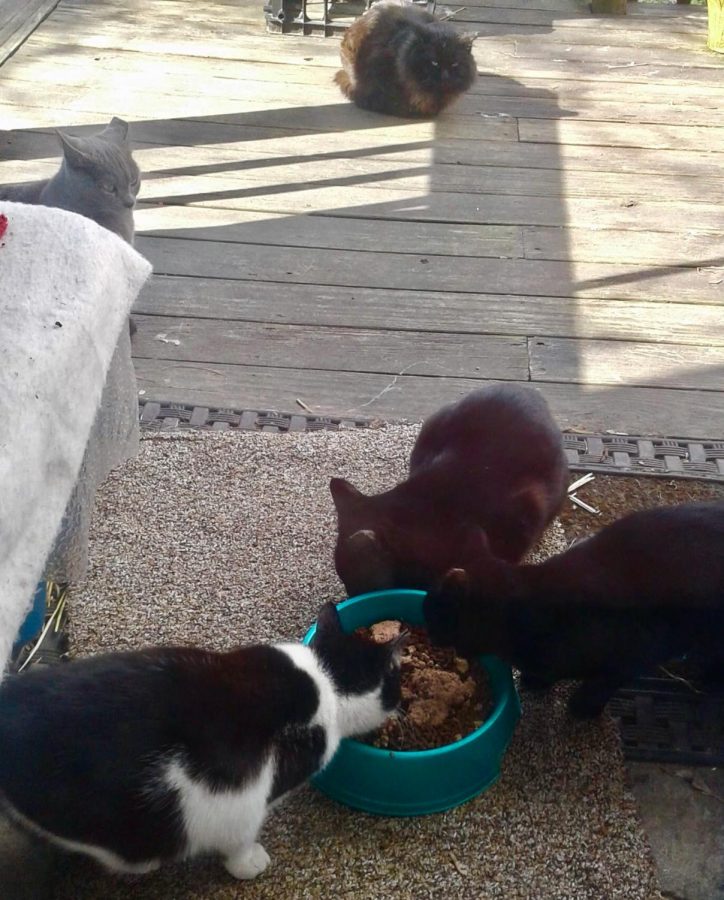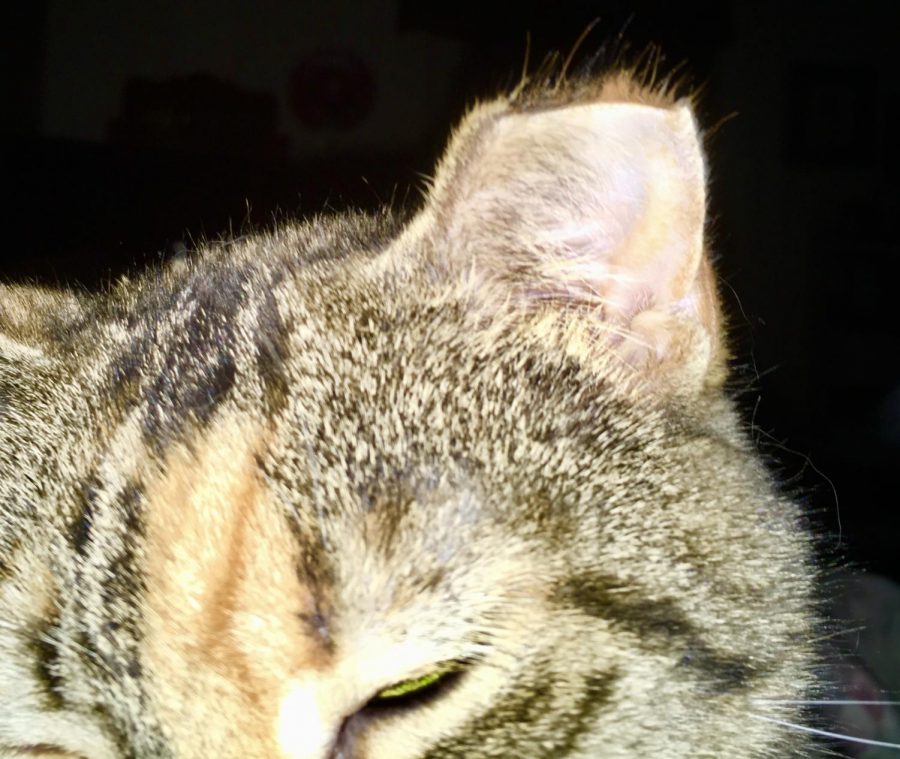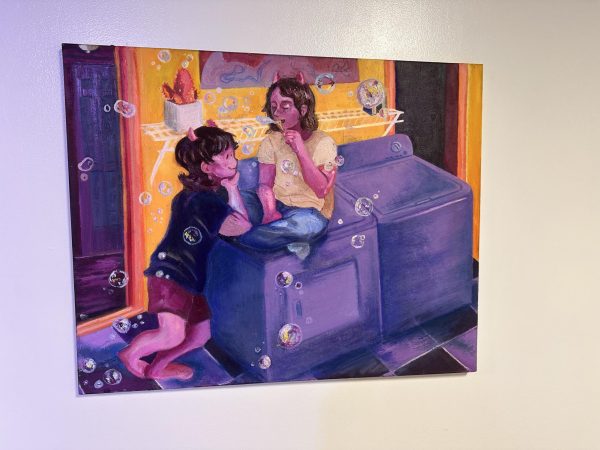Cat colony population near Marshall continues to multiply
photo courtesy of Nancy Simmons
Cats that are missing the tip of their left ear are sporting an “ear tip” which means they have been fixed and received a rabies shot in a managed colony.
Nestled between Sixth and Seventh Avenue in Huntington and stretching from 16th street to 20th street exists a growing colony of cats that have been abandoned by their owners, many of which were Marshall students, said Nancy Simmons, director of the feral cat trapping program at Help for Animals.
The colony was created because college students have left their cats behind after their lease ended, said Margaret Harrison.
Harrison has lived in this neighborhood for the past 20 years and said every May when Marshall students leave there is an “uptick in stray cats.”
Exact addresses and locations cannot be given because when managed colonies are identified they then become drop spots for people to abandon more animals, Simmons said.
“In the last five years, as most permanent residents moved out and more students have moved in, there has been an increasing number of feral cats and kittens that have [now] formed a colony,” Harrison said.
Harrison said she is overwhelmed by the number of cats that continue to multiply.
Harrison said she has contacted the Code Enforcer for Huntington and the absentee owners of empty homes that are now occupied by the cats to no avail.
“This cat colony is a direct consequence of the irresponsibility of Marshall students who adopt pets and then shamelessly abandon them when they go home for the summer,” Harrison said.
Harrison said she contacted Simmons after Cabell-Wayne Animal Shelter told her they had no room for new cats.
“So far, Nancy [Simmons] came for two nights and we trapped 12 cats, seven females and five males,” Harrison said.
The cats will be spayed and neutered by Help for Animals. Harrison took donations from friends to help pay for the procedures.
Harrison is fostering five of the cats from the colony and is working to find each of the cats a new home, but after their procedures most of the colony will be rereleased into the neighborhood.
Simmons said spayed and neutered cats will be identified by their ear tip, which is when the tip of a cat’s ear is removed to show that they have received a rabies shot, are spayed or neutered and are living in a managed colony.
Harrison said she hopes organizations such as sororities and fraternities at Marshall will work to raise donations to cover the cost of spaying and neutering the colony and then find the cats new homes.
For any questions about cat colonies or to offer information on any other existing colonies, students may contact Help for Animals at (304) 736-8555 or [email protected].
Makaylah Wheeler can be contacted at [email protected].

Harrison has been feeding six kittens from the colony that were abandoned by their mother. She said hopes to find them homes.
Your donation will help continue the work of independent student journalism at Marshall University. If you benefit from The Parthenon's free content, please consider making a donation.










